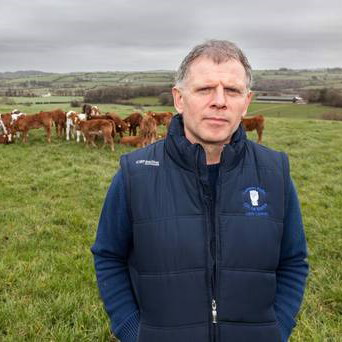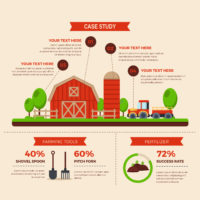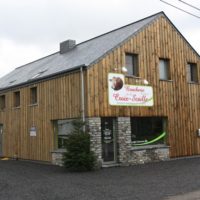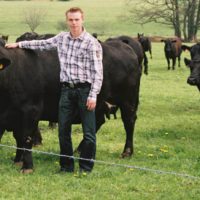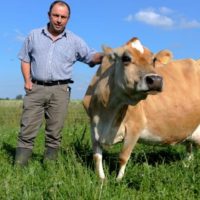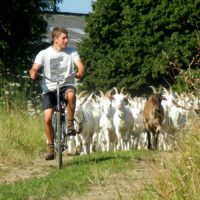Adopting grazing for suckler cows- new grazing techniques
Description
- Grazing management system
- Adopting grazing for suckler cows- new grazing techniques
- Increasing soil fertility, improving grazing infrastructure
- Growing more grass, increasing output/ha
- Reduce costs, increase output
- Soil testing
- Producing more beef from grass
- Economic results
- Open minded approach
- Advisor, discussion groups
- Pasturebase- grasshopper
Reason for the innovation
- Produce more beef from grass
- PastureBase- grasshopper
- Increasing soil fertility
- Improving grazing infrastructure
Farm description
Environment
- Soil type: Peat
- Climate type: Temperate oceanic climate
- Agricultural area (ha UAA): 50
- Altitude: Variation across the farm (350m)
- Slope: Variation across farm (Approx 40%)
Grassland management
- Grazing: Yes
- Grazing management type: Rotational grazing
Structure
- Farm type: Specialist cattle-mainly rearing
- Annual work units (AWU): 1.5
- Number of animals (heads): 60 cows, 14-16 heifers, 16 month bulls
- Total Livestock unit (LU): 120
- Breed type 1: Angus, Simmental, Salar, Fleckviegh, Limosuene etc.
Animal performance
- Average stocking rate (grassland area) (LU/ha): 2.4
- Average growth performance per head (kg LWG/day): 1.5kg
- Length of grazing period (month/year): 285
- Fertilization rate (kg N/ha): 160
Why it is working
- Increasing soil fertility, improving grazing infrastructure
- Growing more grass, increasing output/ha
- Reduce costs, increase output
- Soil testing
- Producing more beef from grass
- Economic results
- Open minded approach
- Advisor, discussion groups
- PastureBase- grasshopper
Additional information
| Farming system | conventional farming |
|---|---|
| Domains of innovation | animal type (breed), forage mixture, grazing management system, legume management – Perennial legumes |
| Main types of animal | beef cattle |
| Country | Ireland |
| Product type | Farmer portrait |
| Language | English |

